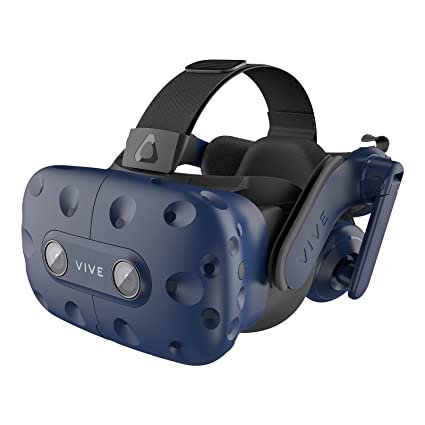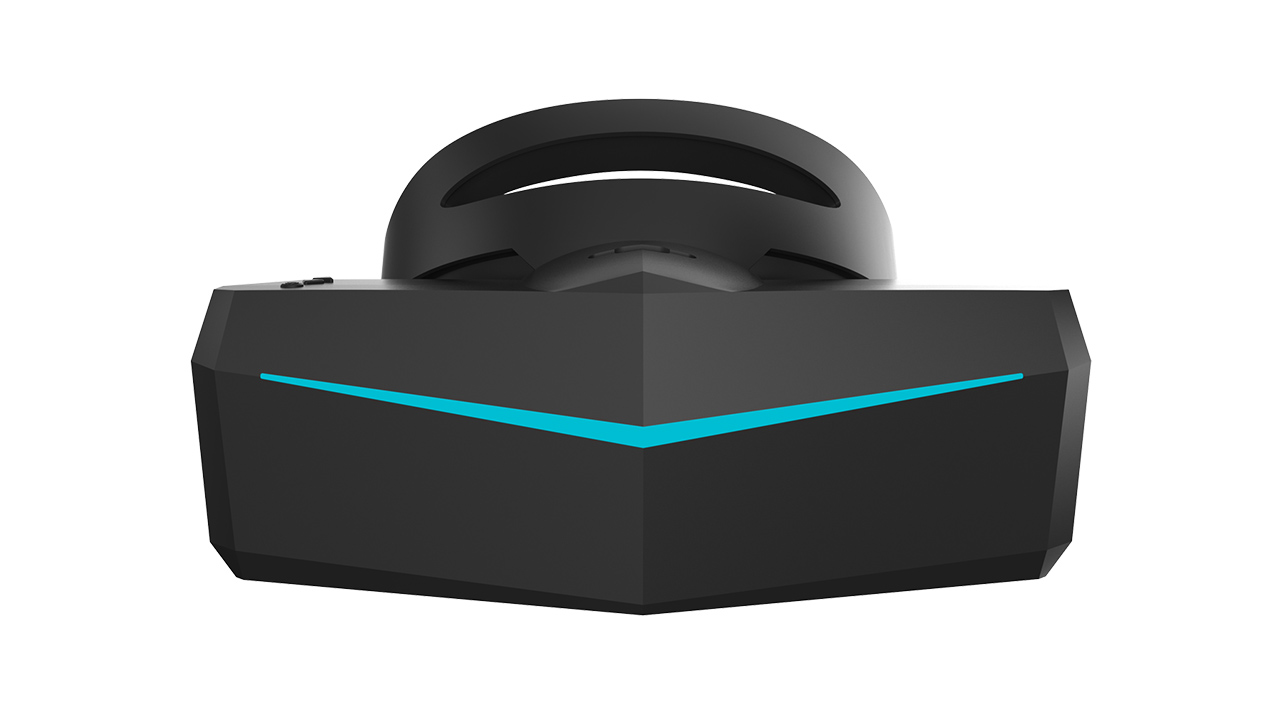HTC VIVE Pro vs Pimax Pimax 8K
When you compare the HTC VIVE Pro to the Pimax Pimax 8K you can see which VR Headset is better. Let's take a look of the comparison, and see which model of VR Headset out ontop.
 HTC VIVE Pro
HTC VIVE Pro3.3
Based on 2 reviews
Lowest prices
What VR Headset is better?
Comparing the HTC VIVE Pro and Pimax 8K headsets, there are several specifications that set them apart.
The first key difference between the two is the field of view: The HTC VIVE Pro offers 110°, while the Pimax 8K offers a much more immersive experience with 200°. This can be seen as a major pro for the Pimax 8K, as it allows for a more realistic and comprehensive view of your virtual environment.
Another significant difference between these two headsets is in resolution. The HTC VIVE Pro has 1440 x 1600 px resolution, while the Pimax 8K packs an impressive 3840 x 2160 px resolution. The higher resolution on the latter results in an overall sharper image quality which also contributes to its level of realism - another big plus for this headset.
In terms of minimum CPU requirements, both headsets have similar demands; both require Intel Core i5-4590 or higher processors and Nvidia GeForce GTX 1060 graphics cards or equivalent AMD models. However, to get optimal performance from the Pimax 8k, you will need to bump up your system specs; it requires an Intel i7 processor and either a Nvidia GeForce GTX 1080Ti or equivalent AMD GPU model. This could be seen as either a pro or con depending on your existing system setup - if you already have one that meets this spec then you’ll benefit from improved performance but if not then it could become costly to upgrade in order to take advantage of all that this headset has to offer.
Both headsets are compatible with Microsoft Windows operating systems only (the HTC VIVE Pro also works with Mac OS), meaning they don't work with other operating systems such as iOS and Android - yet another con for some users who prefer using alternative platforms when working with virtual reality content . Lastly, they both feature room scale tracking along with 360 degree head tracking capabilities however their refresh rates differ somewhat; at 90 Hz for the HTC VIVE Pro compared to 80 Hz on the Pimax 8K.
In my opinion I found that both devices had strong points but ultimately I prefer the Pimax 8K due its higher level of immersion thanks to its wider field of view and superior image quality enabled by its superior resolution capabilities.. That being said, those who might not have access to high end hardware required by this device may find themselves having difficulties in getting best performance out of it - something worth considering before taking out your wallet .
Specs comparison between the two VR Headsets
| HTC VIVE Pro | Pimax Pimax 8K | |
|---|---|---|
| Overview | ||
| Brand | HTC | Pimax |
| Model Name | VIVE Pro | Pimax 8K |
| Release Date | 2018 | 2018 |
| Country of Origin | Taiwan | China |
| Category | PC VR | PC VR |
| Battery Life | 2.5 h | |
| Display | ||
| Field of View | 110° | 200° |
| Resolution | 1440 × 1600 px (per eye) | 3840 × 2160 px |
| Refresh Rate | 90 Hz | 80 Hz |
| Display Type | AMOLED | |
| Minimum Requirements | ||
| Min. CPU Required | Intel Core i5-4590 | Intel i7 |
| Min. Graphics Required | Nvidia GeForce GTX 1060 | Nvidia GeForce GTX 1080Ti and AMD equivalent or above |
| Min. RAM Required | 4 GB | 16 GB |
| Operating Systems | Mac OS,Microsoft Windows | Microsoft Windows |
| Sizing | ||
| Weight | 470 g | 500 g |
| Dimensions | 50.8 x 101.6 x 203.2 mm | 180 × 117 × 90 mm |
| Features | ||
| Room Scale? | YES | YES |
| 360 Tracking? | YES | YES |
| Positional Tracking? | YES | YES |
| Front Camera? | YES | |
| Eye Tracking? | YES | YES |
| Usable with Glasses? | YES | YES |
| Cooling System | YES | YES |
| Built in Headphones? | YES | |
| Built in Microphone? | YES | YES |
| Flip Visor? | YES | |
| Voice Command? | YES | |
| IPD Adjustment? | YES | YES |
| Lens to Eye Adjustment? | YES | YES |
| USB? | YES | YES |
| MicroUSB? | No | |
| Display Port? | YES | YES |
| Mini Display Port? | YES | |
| HDMI? | No | |
| MicroSD? | YES | |
| Bluetooth? | YES | |
| Wifi? | YES | |
